To maintain the productivity and health of your bees, you will need to obtain some essential beekeeping equipment that will help you in beekeeping effectively to attain high yields.
Here are some of the equipment that you need to have.
1. Langstroth Beehive
The Langstroth hive consists of boxes stacked vertically to form a beehive where bees produce honey in frames. It is the most widely used system that beekeepers use for beekeeping. This beehive came after Lorenzo Lorraine Langstroth, the famous American apiarist invention.
Over the years, the design of this hive has significantly improved, making the production of honey a lot more efficient and advantageous than before.
Previously the hives had a non-removable brood box and a single honey box, but with this improved Langstroth hive, you can remove individual frames without disturbing the bees. Hence, it is more accessible and spacious enough to house larger colonies.
The Parts of a Langstroth Beehive Are:
- The Outer Cover– The outer cover protects the hive from sun and rain. It is either made of polystyrene (a hard-solid plastic), wood, or a metal sheet with a telescoping roof covering the structure’s top.
- The Inner Cover– separates the top cover from the bees and the hive; therefore, it acts as a second layer of protection. It also acts as a food source when feeding is required.
- The Boxes– The boxes differ in-depth and are easily expandable. They can be deep, medium, or shallow. The queen lays her eggs in the deep box to act as the brood chamber. The medium and shallow boxes are for storing honey.
- The Frames– come in either the 8 frames or 10 frames option. The frames come with beeswax foundation sheets. Most beekeepers prefer the 8-frame hives as they are lighter in weight.
- Solid Bottom Board– The bottom board sits on rails put on the ground or on upper surfaces to keep moisture and predators away. It has plywood material that helps in avoiding water damage.
Entrance Reducer– this helps when bees move slowly by narrowing the entrance to a manageable size during the cold season. Besides that, the entrance reducer prevents cold air from entering the beehive and hot air from leaving.
2. Kenya Top Bar Beehive
The top bar beehive is rectangular and uses a more natural form of beekeeping. It consists of a comb that hangs horizontally from removable bars.
The beehives are lightweight, and they can be kept in small gardens as they have small structures that are easy to maintain, and the bees can construct natural cell sizes.
This beehive structure operates in minimal interference with the colony. The front of the beehive produces honey, while the back of the nest is for storing the brood nest.
3. Bee Smoker
A bee smoker is essential in any apiary, and this is because your safety is paramount as you go about in beekeeping. Bee smokers produce thick cool smoke puffed into the beehive to make bees assume that the beehive is in danger when they smell the smoke.
The bees then start to eat the honey to exit the beehive, causing them to calm down. The smoke also masks communication between the bees as you open the beehive.
You will need to practice severally to light the smoker to produce the perfect smoke. The smoker has an airbag attached to it with a wire heat shield to prevent you from burning.
4. Beekeeping Suit
A beekeeping suit will help protect you from bee stings when handling your beehive. It has a veil that fully covers your face and head.
It would be best if you had a comfortable bee suit and one that offers sufficient ventilation and easy visibility. Most bee suits are white, which helps to see bees plus, it makes it easier to clean as you can spot dirt.
Wash the suit frequently as it is possible to get stung because venom from previous stings may attract bees.
Ensure to look out for high-quality bee suits from reputable suppliers.
Get your professional Beekeeping suit
5. Beekeeping Gloves
You will need long enough gloves to prevent bees from getting up your sleeves for maximum protection during honey harvesting.
Most beekeepers prefer to use latex gloves as they don’t worsen infections to you or your colony and these types of gloves are also more flexibles to work with on different tasks in your beehive.
6. Hive Scraper Tool
A hive scraper tool will make your work more accessible as a beekeeper. This tool has a metal, with one end for box levelling and one for frame levelling.
When bees make propolis from the tree resins, they seal any cracks in the beehive. The hive tool can also open parts of your hive and scrape any debris. You can also use the tool to clean your beehive’s surfaces and scrape beeswax from your frames.
7. Refractometer
A refractometer measures the amount of moisture content in the honey. The amount of moisture in the honey is vital as that determines the grade and quality of honey produced.
The lesser the water content, the higher the worth of the honey. The recommended water content should process at less than 20 per cent for valued good honey.
Ideally, when the moisture content is too high, there is the risk of fermentation, and if the moisture is too low, it may crystallize or granulate.
Therefore, to get an accurate measurement of moisture, you need a refractometer.
8. Centrifugal Honey Extracting Machine
The honey extracting machine is the equipment used to extract honey from honeycombs. This machine uses centrifugal force that pulls honey from the honeycomb without destroying the comb.
A spinning drum forces the honey to the inside drum by spinning a frame basket held by a large stainless-steel container. The extracted honey drains to the bottom after hitting the drum wall to be filtered and poured out.
This technique is good as it saves the wax comb from damage so the bees can reuse it. It is worth investing in good quality honey extracting machine as it allows you to harvest your honey as much as possible, and it also saves you time.
Conclusion
Investing in this essential beekeeping equipment is vital, and when you do, you will be glad once your bees start to produce honey.

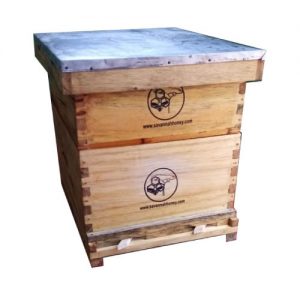
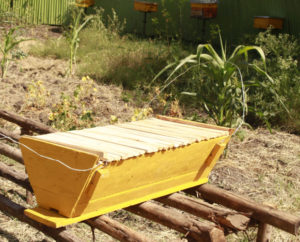
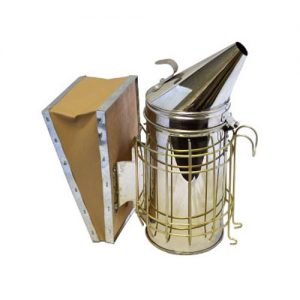
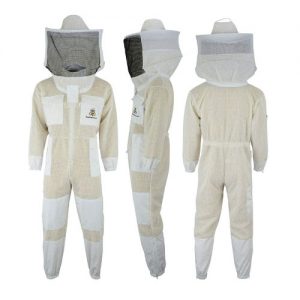

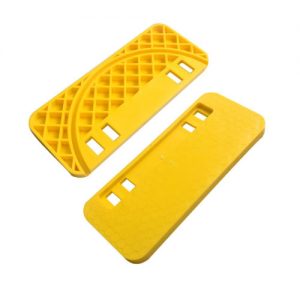

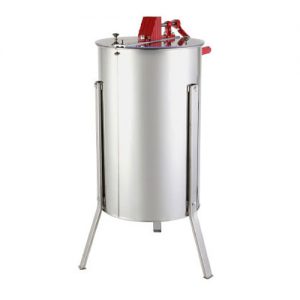


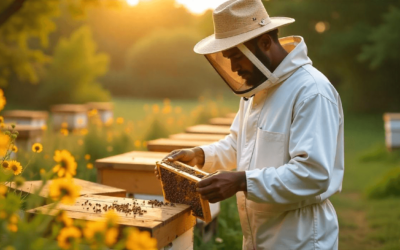
0 Comments